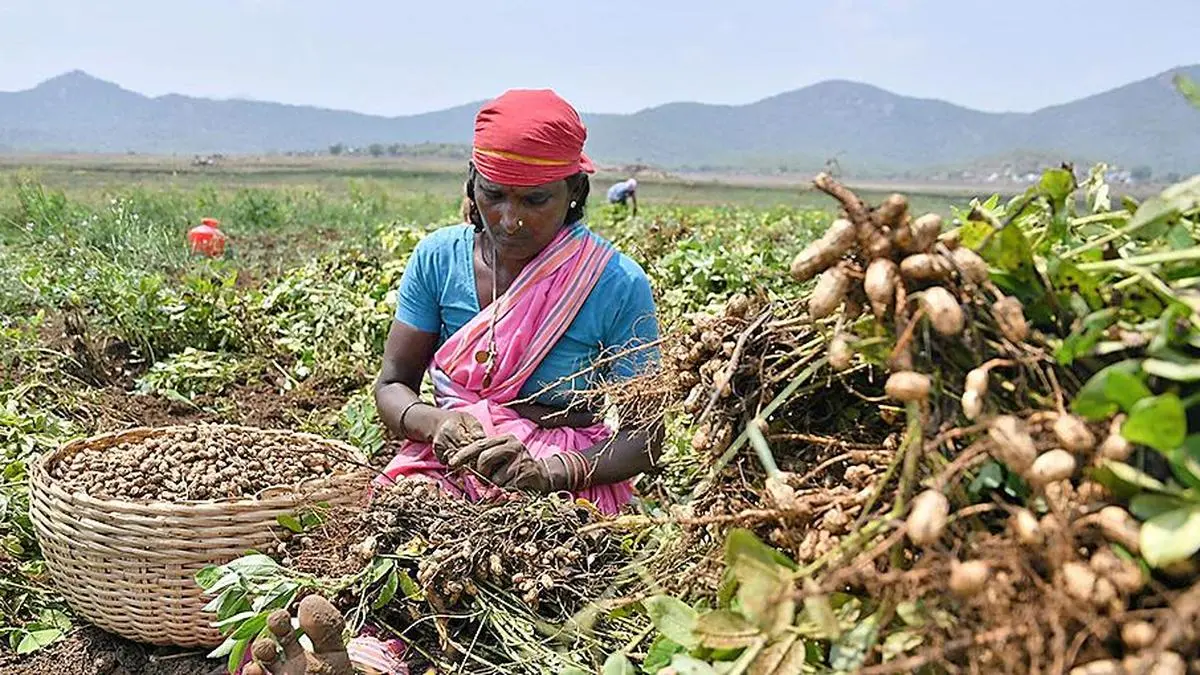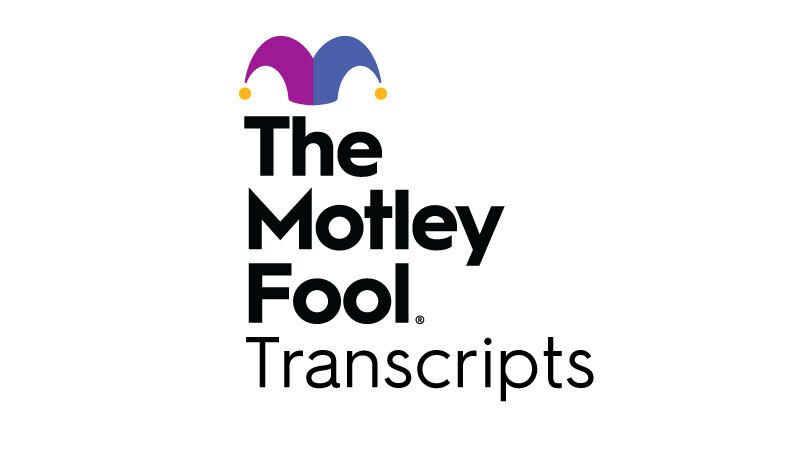Copyright thehindubusinessline

The paradox in the agriculture sector is glaring — the share of agricultural GVA (crops and irrigation) in All-India Gross Value Added (GVA) in 2022-23 was 10 per cent whereas the share of workers during the same period was 35 per cent. The sector offers much potential for growth and productivity improvements. One of the channels for that is through skilling of workers. However, demand for skilled workers is an indirect demand, that is, it is dependent on the products that are being produced. India’s agriculture is very diverse because of its many climates, soils, and regions. The country is divided into 15 agro-climatic zones, each with different soil types and weather conditions that support different crops. Designing a top-down strategy to assess skill shortages and gaps would be erroneous. That idea drove the work in the MSDE-NCAER’s National Skill Gap Study for High Growth Sectors (2025). The objective in that report was to develop a unified dynamic framework for assessing skills shortages and gaps in the country. This framework could either be applied to sectors or States/districts. The framework was developed using seven high growth sectors. One of them was the ‘growing of cereals, leguminous crops and oilseeds. The key sectoral results from the report are given here: The agricultural value chain — where skills meet technology: A modern agricultural economy is not built in the field alone; it spans a value chain stretching from crop planning to final market delivery. Agri-tech and agro-tech both define the sector. At each stage, digital technologies that are reshaping the possibilities are discussed here (Department of Agriculture, Cooperation and Farmer Welfare 2021): (a) Crop planning now leverages AI, machine learning, and big data, with soil testing labs and agri-tech start-ups offering precision recommendations. Farmers, however, need training to interpret and adopt these insights. (b) Cultivation increasingly involves smart tractors, drones, and IoT sensors that monitor soil and crop health. Yet, without skilled machine operators, extension agents, and credit facilitators, adoption remains limited. (c) Harvesting has shifted from manual reaping to mechanised harvesters, but women farmers are rarely trained to use these machines, excluding them from efficiency gains. (d) Supply chain and markets are embracing blockchain for traceability, big data for price forecasting, and AI for logistics. Still, at the mandi level, workers handling grading, packing, and quality testing lack systematic training. Workforce characteristics (PLFS 2022-23): Overall, 35 per cent of workers in the sector were not literate. Almost all the workers had not received any technical education. 32.2 per cent of workers had received non-formal vocational education, mostly through hereditary means. This inheritance-based skill transfer, while valuable for traditional practices, leaves farmers ill-prepared for modern farming systems that demand literacy in digital tools, market intelligence, and climate-smart agriculture. This mismatch is stark: while technology gallops ahead, skills lag behind, creating bottlenecks in productivity and inclusion. Occupations: Among the number of jobs, 70 per cent of the jobs were in the occupational role of market gardeners and crop growers. Twenty per cent of the workers are agricultural, forestry and fishery labourers. Nine per cent of the workers were subsistence crop farmers. Engagement: Majority of the workers were self-employed. As much as 39.5 per cent of workers were own-account workers; 3.2 per cent, employers; 19 per cent, casual wage labour; and 38.2 per cent, unpaid family workers. Women farmers — the invisible backbone: 41.4 per cent of workers engaged in this sector were females. Fifty per cent of female workers were illiterate compared to 25 per cent of male workers. Majority of the female workers were low-skilled compared to males who were low-medium skilled. Moreover, women were concentrated in the most precarious job roles: casual wage labour and subsistence farming. In the category of agricultural, forestry, and fishery labourers, women make up 52 per cent — a telling indicator of gendered vulnerability. In contrast, in the relatively more secure occupation of market gardeners and crop growers, women account for only 33.7 per cent. The data highlights a structural inequity. Over 63 per cent of women in this sub-sector were engaged as unpaid family workers, compared to just 20.8 per cent of men. Only 0.5 per cent of women were entrepreneurs, and a mere 11.8 per cent were own-account workers. The majority remained invisible contributors, neither recognised nor remunerated adequately. This gender imbalance is not inevitable; it is the outcome of systemic neglect of women in agricultural skilling programmes. Studies such as Sarkar (2020) and Aryal et al (2021) show that the probability of farm machinery ownership — and by extension, agency in decision-making — rises sharply with education and training. Skilling women, therefore, is not just a matter of equity but of economic efficiency. Geographical clusters: Based on four parameters — institutional, business infrastructure, human resources and government support (Sutawi et al 2022), the top three geographical clusters in this sub-sector were Uttar Pradesh, Maharashtra and Rajasthan. The PLFS (2022-23) showed that 75 per cent of workers in this sub-sector were concentrated in just nine States — Uttar Pradesh, Madhya Pradesh, Bihar, Maharashtra, Chhattisgarh, West Bengal, Rajasthan, Odisha, and Andhra Pradesh. Stakeholders survey: The challenge in this part was given the agricultural diversity of India, who should we talk to and whether these discussions would be relevant from one part of the country to another. A bottom-up strategy was adopted, where within one agro-climatic zone, all stakeholders along the value chain were identified. Discussions were carried out with those stakeholders. These informed us that there were both supply-side and demand-side challenges. Three key findings from stakeholders’ survey about job roles were: (a) Farmers and extension service providers need continuous re-skilling and upskilling along with basic, digital and financial literacy, upgrading of knowledge in agriculture and entrepreneurship skills. (b) District-specific identification of new and emerging job roles focussing in the ‘sunrise’ aspects of the sector and developing requisite training programmes for it. For example, groundwater detection technologists in water-starved districts of Haryana. (c) Identification of job roles which are difficult to fill. Top three job roles that were facing demand shortage were drone operator, agriculture advisor/crop advisor in agri-tech, IT-GIS specialist (agri-tech) and farm machinery service technician. India’s agriculture stands at a crossroads. On one side lies the prospect of stagnation — where millions remain locked into low productivity, hereditary occupations, and gendered inequities. On the other lies a future of inclusive modernisation, where technology and skills together drive prosperity. Bridging the divide — between men and women, between traditional and modern practices, between unpaid labour and entrepreneurship— must be the central focus of agricultural reform. Only then can the sector not only feed the nation but also empower those who make it possible. Joshi and Sahu are Fellows and Bhandari is a Professor at NCAER Published on November 3, 2025



